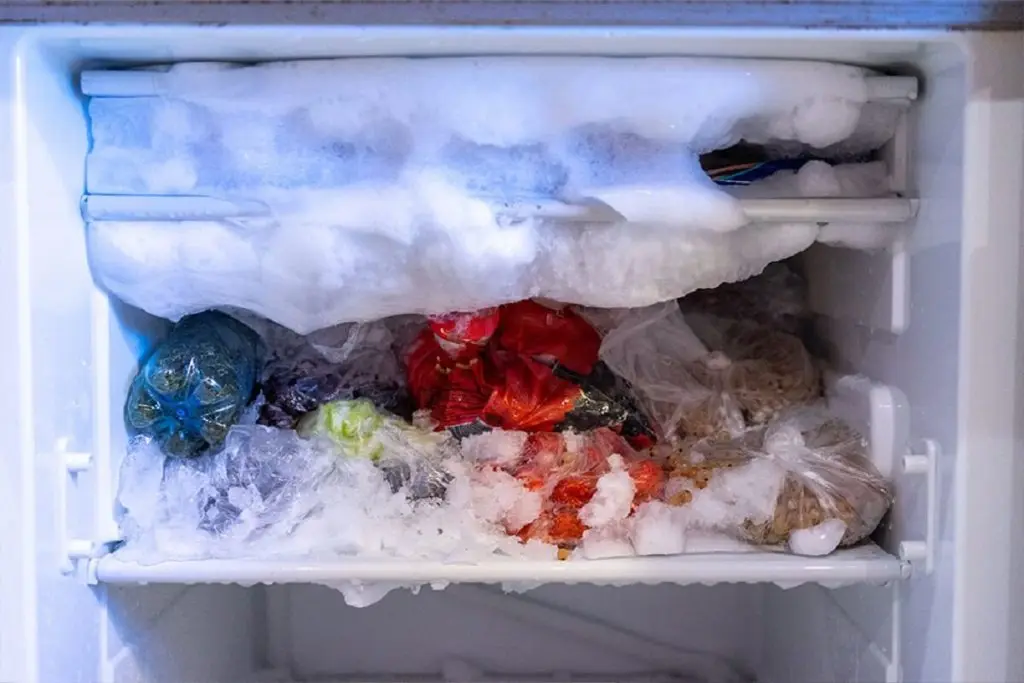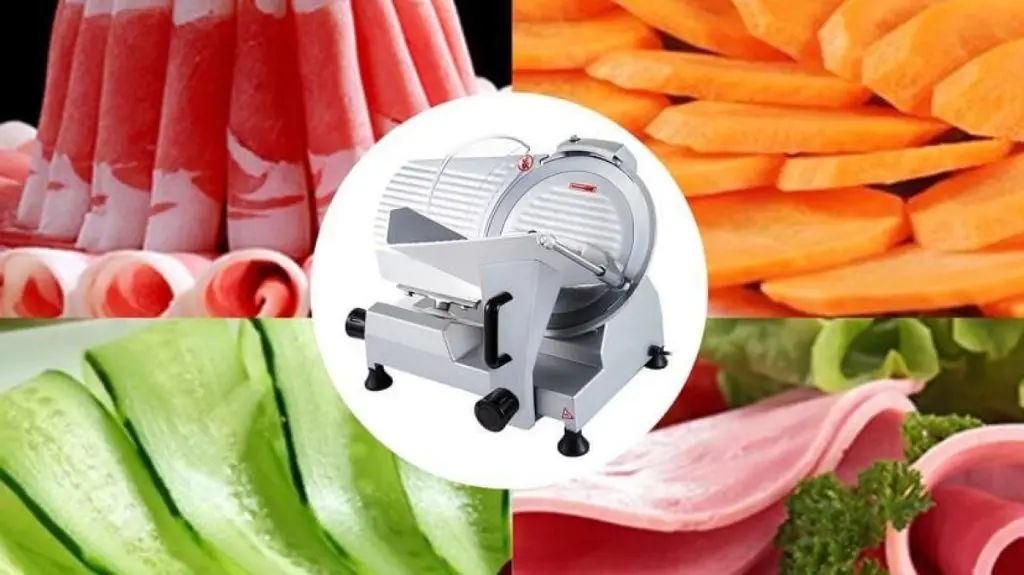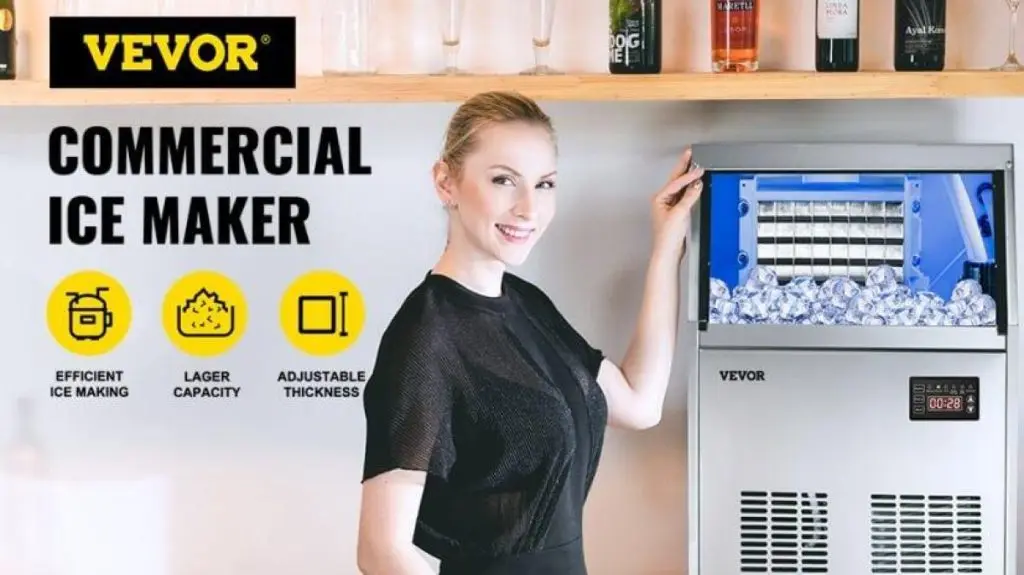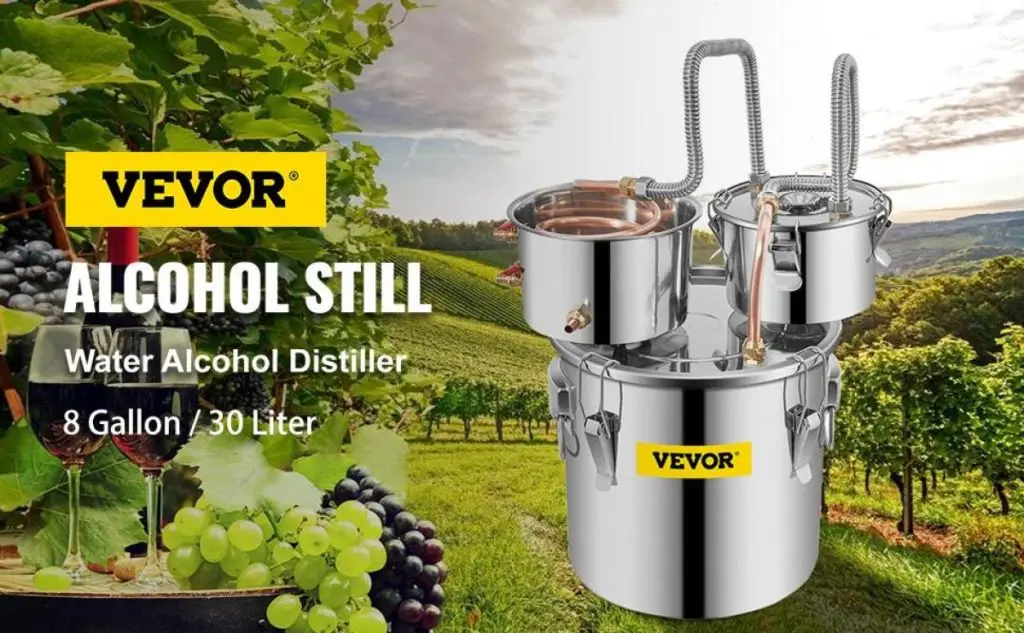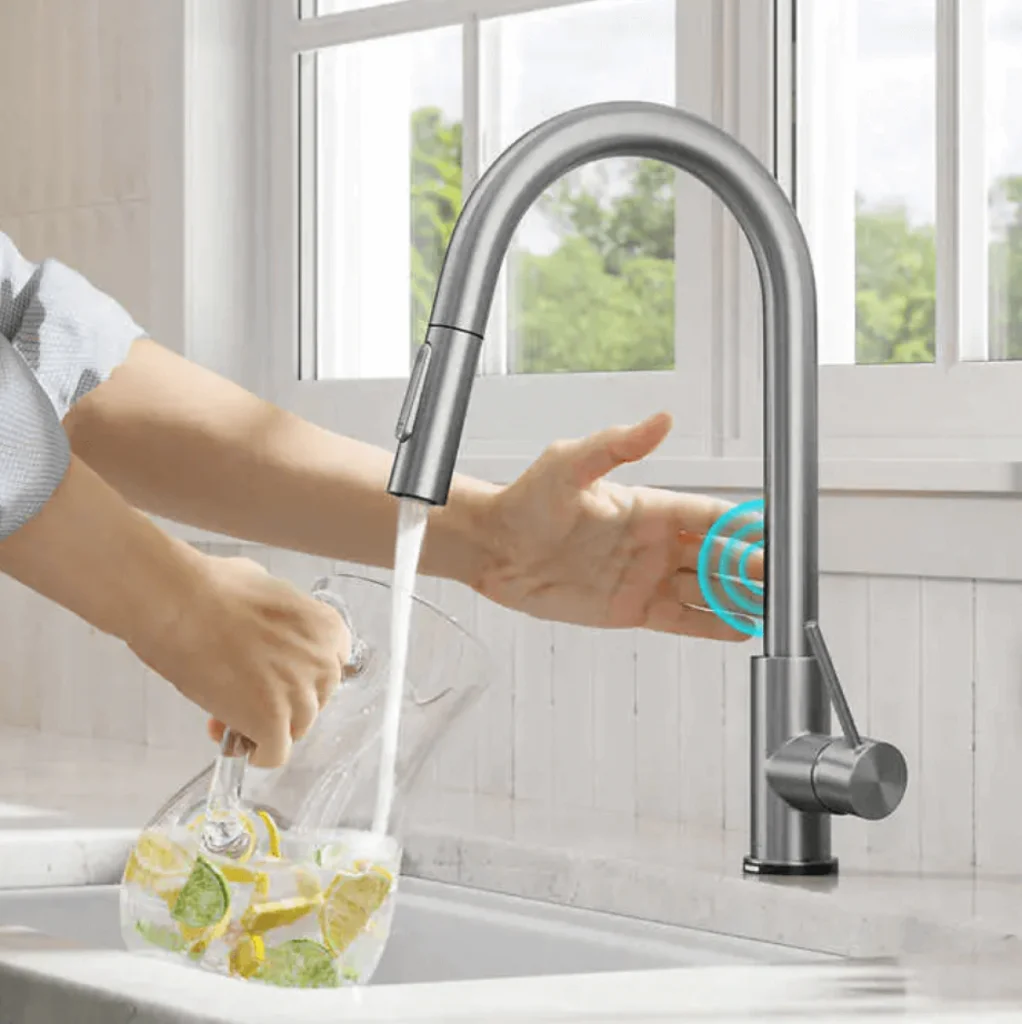When last did you defrost your freezer? Although some newer models may feature auto-defrost options, you should still be intentional about defrosting them. By keeping up with routine maintenance, you will extend the life of your freezer.
If you have experienced the inconvenience of a freezer accumulating frost, you are well aware of the frustration it can cause. Hence, you should learn how to defrost a freezer to keep it in top shape and ensure it runs smoothly.
This tutorial provides a detailed explanation that will take you through the whole process of defrosting a freezer quickly. Still wondering “How do I defrost a fridge freezer?” Well, stop wondering and start reading!
Table of contents
When Should You Defrost Your Freezer?
Wondering when and how to defrost a freezer? Discover the signs that indicate it’s time, learn recommended defrosting intervals, and get tips for maintaining your freezer’s efficiency.
Signs It’s Time to Defrost
Once ice accumulates for so long that it has even become difficult to shut the door easily; that’s your cue to defrost immediately. Despite its frigid temperature, ice forms a protective barrier when allowed to accumulate. At this state, your freezer will need to run longer and consume more power due to the frost that has accumulated. And that might cost you higher electrical bills.
Recommended Frequency for Defrosting
To ensure optimal performance of most manual defrost freezer units, it is necessary to defrost them whenever a layer of ice measuring a quarter-inch accumulates on the inside surfaces. Freezers should be defrosted annually as a general rule.
Preparing to Defrost Your Freezer
Learn the essential steps for safe and effective freezer defrosting. Our comprehensive guide covers everything from gathering supplies to proper cleaning techniques, ensuring your appliance runs efficiently and prolongs its lifespan.
Gathering Necessary Supplies
Some of the supplies you need to defrost your freezer include towels or absorbent cloths to soak up the melted ice and water. You should also have a big bowl or a container for draining. Use a spatula or plastic scraper to remove ice pieces safely. For cleaning specifically, add one tablespoon of baking soda to the water you intend to use.
- Towels or absorbent cloths
- Big bowl or container
- Spatula or plastic scraper
- One tablespoon of baking soda
Removing and Storing Frozen Food
In the event that your frozen food melts while the freezer is being defrosted, you will need to prepare it before refreezing it or consume it almost immediately. Consider purchasing cold boxes or bags, filling them with ice packs, and placing your frozen food inside. This will allow your food to stay frozen even as you defrost your freezer. Also, they should not be exposed to direct sunlight.
Safety Precautions
Turn off the power to your freezer before attempting to defrost it. Towel down the floor and set up some bowls or basins to collect any water that may leak. You should also plan ahead of time so you won’t have to store your freezer with much food before it defrosts. In the days before the defrosting job, try to eat any perishables. Also, this is a good time to purge your freezer of any unused or outdated food.
Step-by-Step Guide: How to Defrost a Freezer
Follow our detailed step-by-step guide for defrosting the freezer. You will learn how to safely and efficiently remove ice build-up, clean the interior, and maintain optimal performance.

Turn off and unplug the freezer
Make sure that you disconnect your freezer from electricity and move all of the stored food to a cooler. You can wrap it with a blanket if you don’t have somewhere cool to keep it. The defrosting procedure will be simpler after the ice melts.
Remove shelves and drawers
Before defrosting a fridge, remove all of its contents. Research has shown that people tend to have little recollection of the majority of the food items they keep in their freezer. Take advantage of this chance to discard any expired food or any food that you have no intention of consuming.
Prepare for water collection
To collect the water that will drain from the freezer as the frost melts, either place a shallow bucket beneath the defrost drain outlet or attach a garden hose to the drain outlet. Place towels on the bottom of the freezer, making sure there is no space between them. Also, place a few towels in the freezer’s inside.
Let the ice melt naturally
This is the best way to defrost a freezer. Just unplug it, open the door, and let the ice melt. Though it may take longer if you reside in a colder region, this defrosting approach is the easiest overall. Just by opening the door and being patient. When the ice starts to break down, it’s a good idea to use a cloth or sponge to soak up any extra water.
Speed up the Process (optional methods)
To hasten the process, position a fan next to the door and direct warm air from the room into the freezer. If you want to make things even faster, while the freezer is defrosting, put a container of hot water inside and then remove it when the water cools.
Alternatively, you may use a spatula (plastic, metal, or silicone) to remove ice chunks as it melts. Any of these methods will defrost the freezer quickly.
Clean and dry the freezer interior
One tablespoon of baking soda mixed with four cups of hot water makes a good cleaning solution. Soak a towel in the mixture and use it to wipe out the inside of the freezer, including the shelves, walls, and gasket seals. Then use two to three dry towels to dry the freezer’s interior and repeat the process.
Restart and restock the freezer
Once your freezer is defrosted, cleaned, and dried, switch it back on and let it reach the desired temperature. This may take anything from a few hours to a few days, depending on the appliance, the food, and the surrounding temperature. Then get your food from the cooler and restock the freezer.
Quick Methods to Defrost a Freezer
Discover quick and effective methods to defrost your freezer. Learn how to speed up the defrosting process and get your freezer back to optimal performance in no time.
Using a fan
A fan may facilitate the distribution of warm air throughout your freezer. Nevertheless, this approach is most effective when the temperature of the air in your residence is sufficiently high to have a significant impact. The air circulation accelerates the process of ice melting.
Hot water method
The hot water method is also how to get rid of freezer frost. It has been suggested that a freezer may be rapidly defrosted by placing a basin of very hot water in the bottom. Steam has the ability to effectively dissolve ice. Contrary to expectations, hot water freezes rapidly. If you attempt this, ensure that you closely monitor it and change the water at regular intervals.
Steam cleaning technique
Another widely used technique for fridge defrosting involves using steam to melt the ice. Fill pots, pans, or mixing containers with boiling water, and then cautiously put them in the refrigerator on top of heavily layered towels. These towels serve a dual purpose: safeguarding your freezer shelves and absorbing melting ice.
Hair dryer method (with cautions)
Ensure that you maintain a safe distance from any stagnant water, and keep the electrical cord and the dryer away from any moisture or frozen water. Direct the hair dryer in a manner that is aligned with the exterior wall of the freezer. As the edges begin to detach, consistently direct hot air towards the frozen area and use an aluminum scraper to delicately remove the ice off the walls.
Tips to Prevent Excessive Frost Buildup
This section offers effective tips to prevent excessive frost buildup in your freezer. Learn how to maintain proper door seals, organize the freezer, and ensure efficient cooling to preserve food quality and extend appliance lifespan.
Proper door sealing
Ensure that the freezer is well shut to prevent the entry of warm air and moisture, hence minimizing the likelihood of frost formation. Maintain a stable temperature and periodically cleanse the internal components of your freezer to eliminate any existing frost.
Avoiding frequent door opening
The door of the freezer might let warm air in from the outside if frequently left ajar. Condensation and freezing occur when the warm air’s moisture reacts with the freezer’s cold surfaces. Frost forms on the refrigerator’s walls alongside food items as a result of this process over time. In order to avoid a buildup of too much frost, it is essential to shut the freezer door quickly.
Organizing freezer contents efficiently
The ventilation in your freezer will be much improved if you use containers or bags to store food and keep things organized. This arrangement lessens the likelihood that something may contact the freezer walls or obstruct the vents, scenarios that can cause frost to develop.
Troubleshooting Common Defrosting Issues
Learn how to troubleshoot common issues when you defrost the freezer. Our guide covers solutions to typical problems, ensuring efficient and hassle-free defrosting.
Dealing with stubborn ice
You can set a trivet or a saucepan of boiled water in the freezer and cover it with a cloth.Thick pieces of ice will be loosened more rapidly by the steam. Simultaneously, use a plastic scraper to gently scrape away the tough ice.
Addressing drainage problems
Put huge rags or towels on the floor in front of the refrigerator, and place old rags or towels on the bottom shelves of your freezer. You can find a drainage hose in your refrigerator’s or deep freezer’s appliance. In such a case, put a low-lying basin or bucket under the hose’s tip.
What to do if defrosting takes too long
To hasten the melting process when defrosting a freezer, heat a basin of water and set it in the freezer. About once every fifteen minutes, bring the water back to a boil. The process of defrosting will be accelerated by doing that. Using a hairdryer is an alternative process.
VEVOR’s Freezer Solution
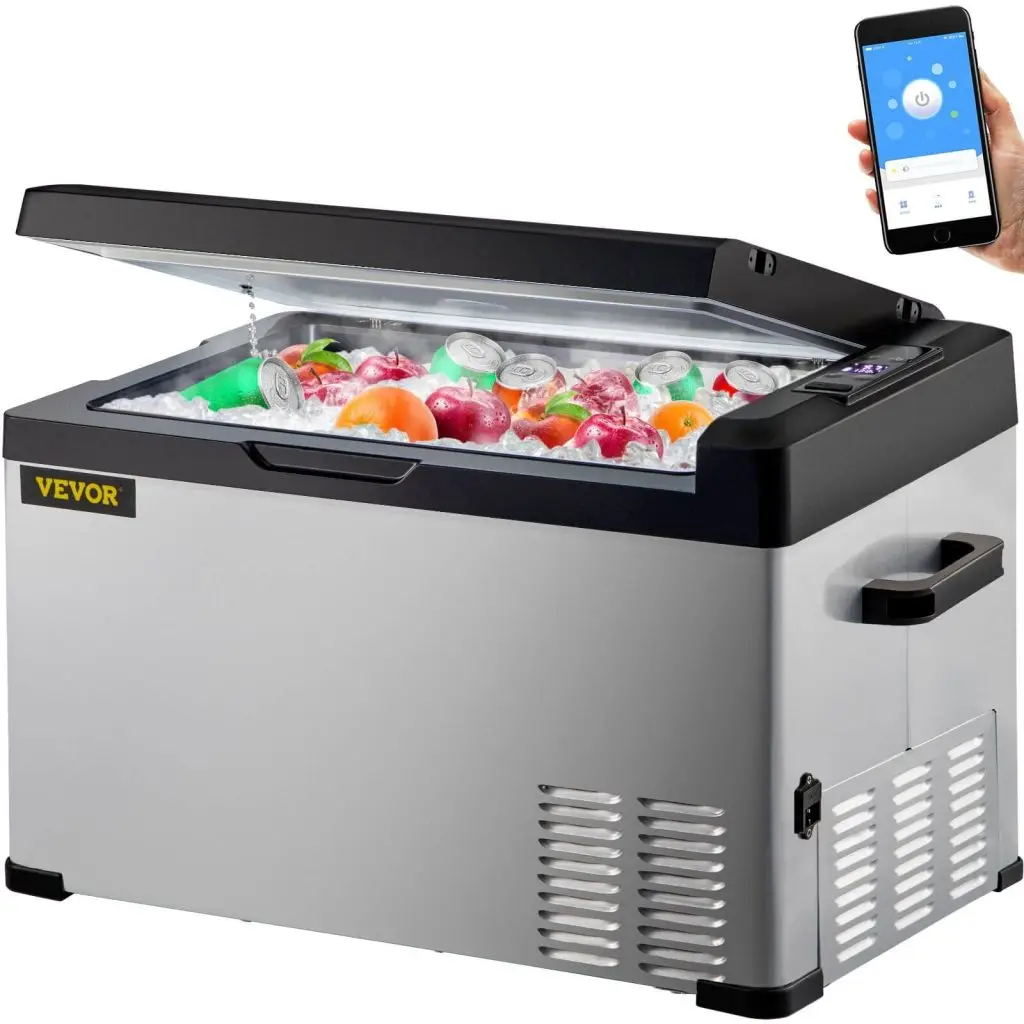
In this section, we explore VEVOR’s innovative freezer solutions designed to meet your storage needs. Discover VEVOR’s energy-efficient freezers, their advanced features, and organizing tools to keep your food fresh and your freezer frost-free.
Recommended For Your Project
Introduction to VEVOR’s Frost-free Freezers
VEVOR’s frost-free freezers have CE certification and can quickly cool food from -20℃ to 20 ℃/-4 ℉ to 68 ℉, so they’re suitable for storing a wide variety of foods, including fruits, vegetables, meats, skincare products, and breast milk.
They come with 120/240V AC and 12/24V DC adapters, so they can be used both at home and on the go. For instance, this dual zone cooling refrigerator from the brand has three different levels of battery protection, low, medium, and high, so it can prevent overloading or short-circuiting the car’s power source. Some of the other top frost-free generators you can buy from VEVOR include, this commercial refrigerator, this highly functional 24-inches undercounter refrigerator, this 12 volts portable refrigerator, and more. You can visit this page to learn more about VEVOR’s impressive collection of frost-free refrigerators.
Benefits of Using VEVOR Products for Easier Maintenance
VEVOR products boast top-notch performance while offering excellent value for money. Our products are also tailor-made for users’ requirements. For instance, this VEVOR’s 58-quart fridge can be tucked in a tight spot in your vehicle’s trunk, behind a seat, or even in a truck bed.
No matter how rough the terrain gets, the 12v compressor fridge can handle it. It is perfect for road trips, camping, fishing, RVs, boats, and outdoor activities. It’s beneficial for those going camping, planning picnics, or hosting barbecues. You can also use a mobile app to operate the fridge which is a huge plus.
FAQs About Defrosting a Freezer
Find answers to common questions about defrosting a freezer such as “how to defrost the freezer?” and “how often to defrost freezer?” Learn the best and practices, safety tips to keep your freezer running smoothly.
How long does it take to defrost a freezer?
If the ice is not significantly thick, it might melt within a short span of 2 hours. If the refrigerator freezer is in a state resembling a glacier, it is possible that it may take up to 24 hours for it to defrost completely with the doors open and the power turned off.
Can I use hot water to defrost my freezer?
Yes, you can. While this is not the most effective option for defrosting a freezer, it does work. We have already provided tips on the proper way to do this above.
Is it necessary to defrost a frost-free freezer?
No. You can only defrost a freezer that is frozen. So, if you have a frost-free freezer, there will never be a need to defrost it.
How often should I defrost my freezer?
If your freezer tends to get a lot of ice, you should defrost it more often than once a year. If the layer of ice is thicker than half an inch, it is recommended that you defrost your freezer as soon as you can.
Can I use a hair dryer to defrost my freezer?
Yes. But you have to be extremely careful. Do not attempt to rapidly defrost your freezer using this approach; water and electricity do not mix well.
Conclusion
While not everyone likes doing it, defrosting a freezer is necessary for optimal performance. Defrosting your freezer should be a yearly goal or even an activity you do more often if your fridge tends to accumulate ice.
Always keep the door of your refrigerator sealed to reduce frosting. Your refrigerator will last longer and work more effectively if you keep it clean and well-maintained. Therefore, it is essential to keep your freezer organized and sanitary at all times for healthy and optimal functionality (and, by extension, longevity).
Never forget to turn off the freezer before you begin to defrost, and while you’re at it you can check videos on how to defrost a fridge for visual aid. Remember, electricity and water do not mix. Stay safe and frosty!

